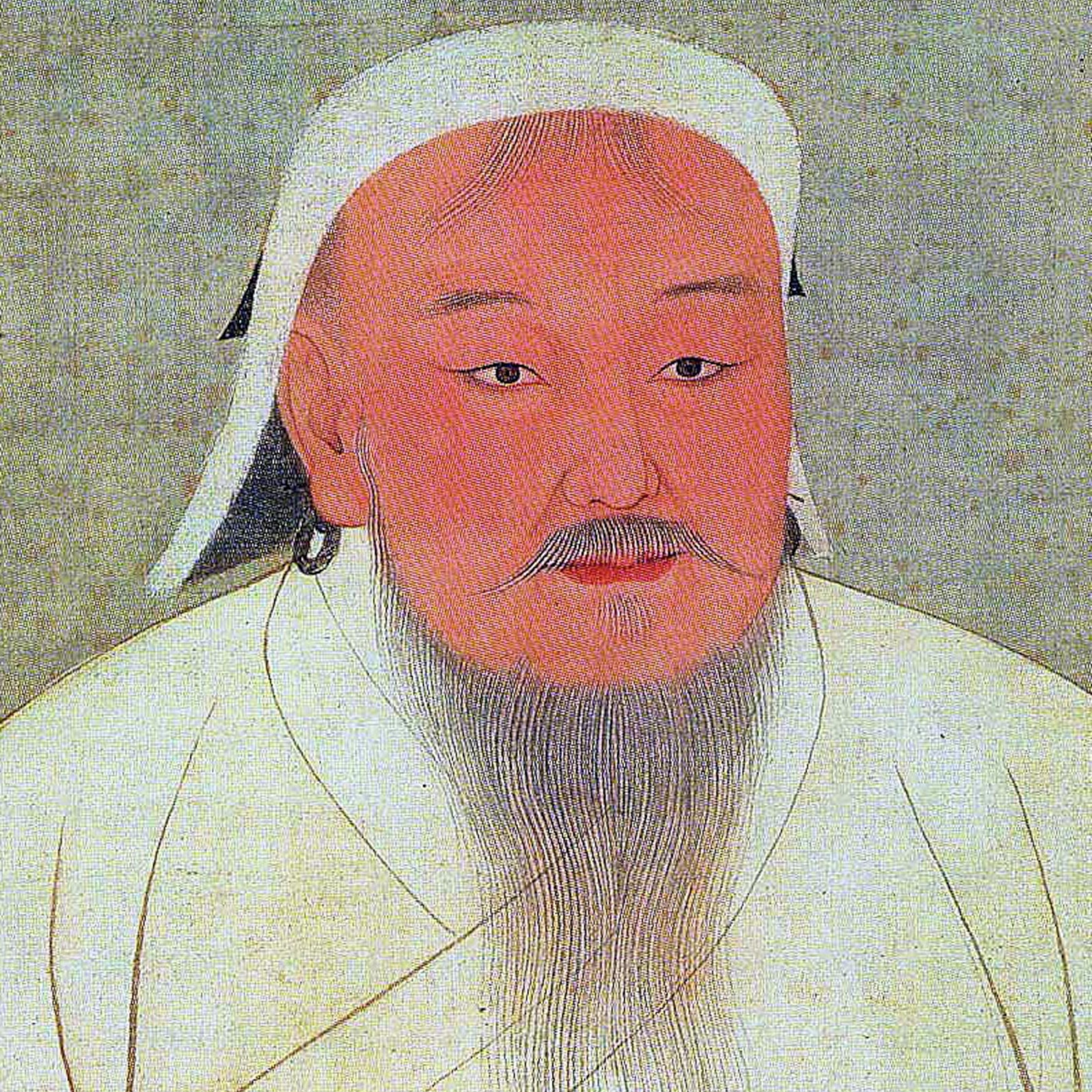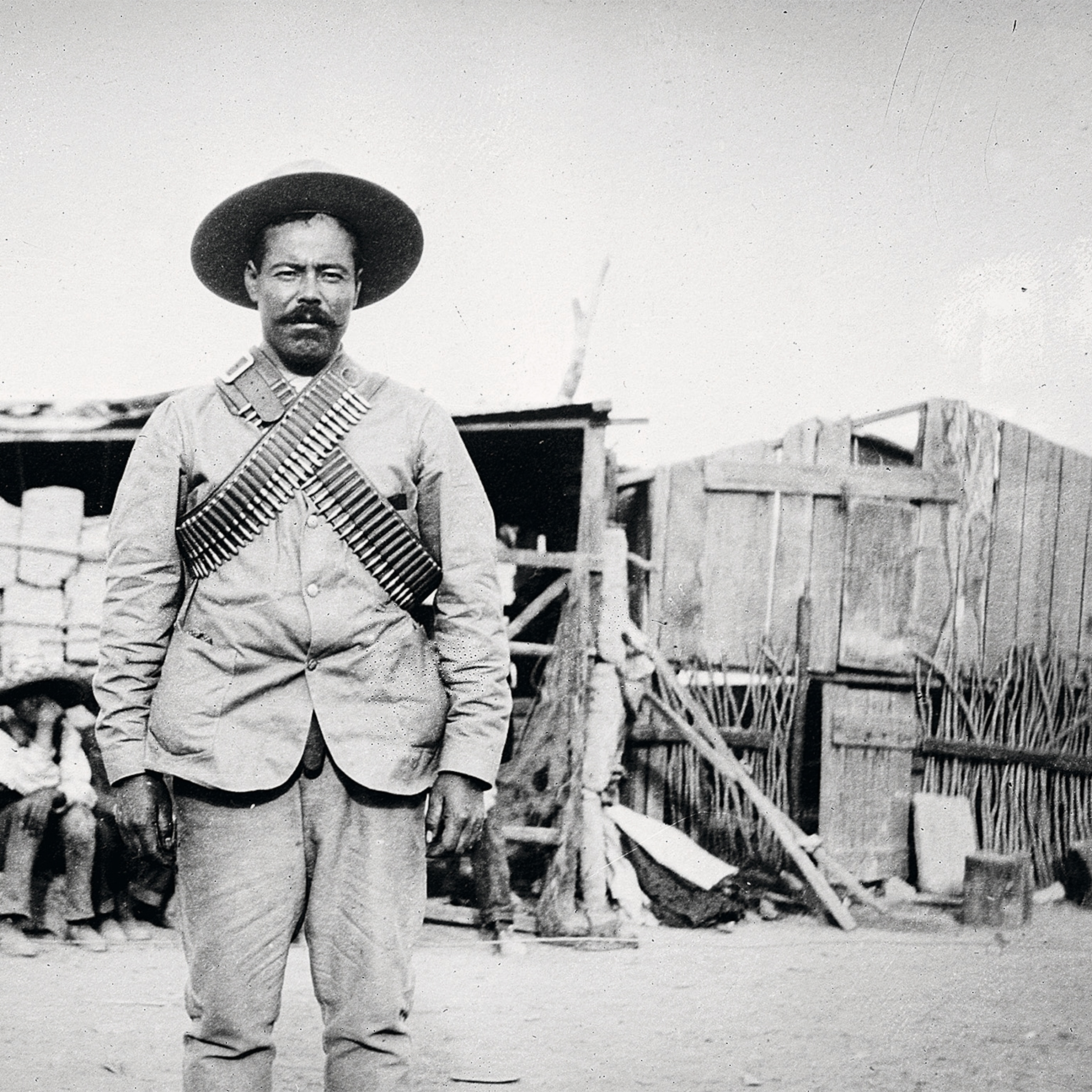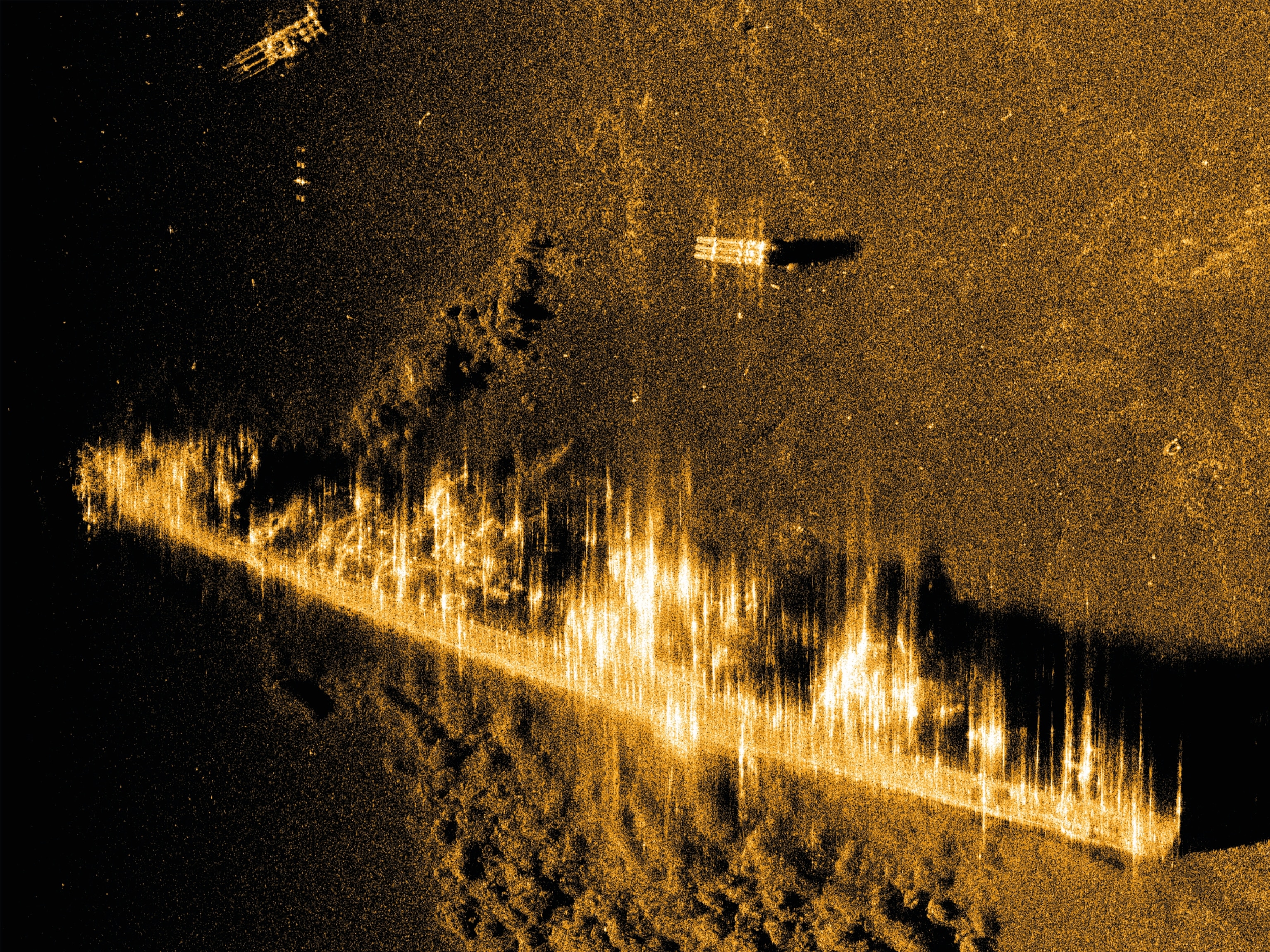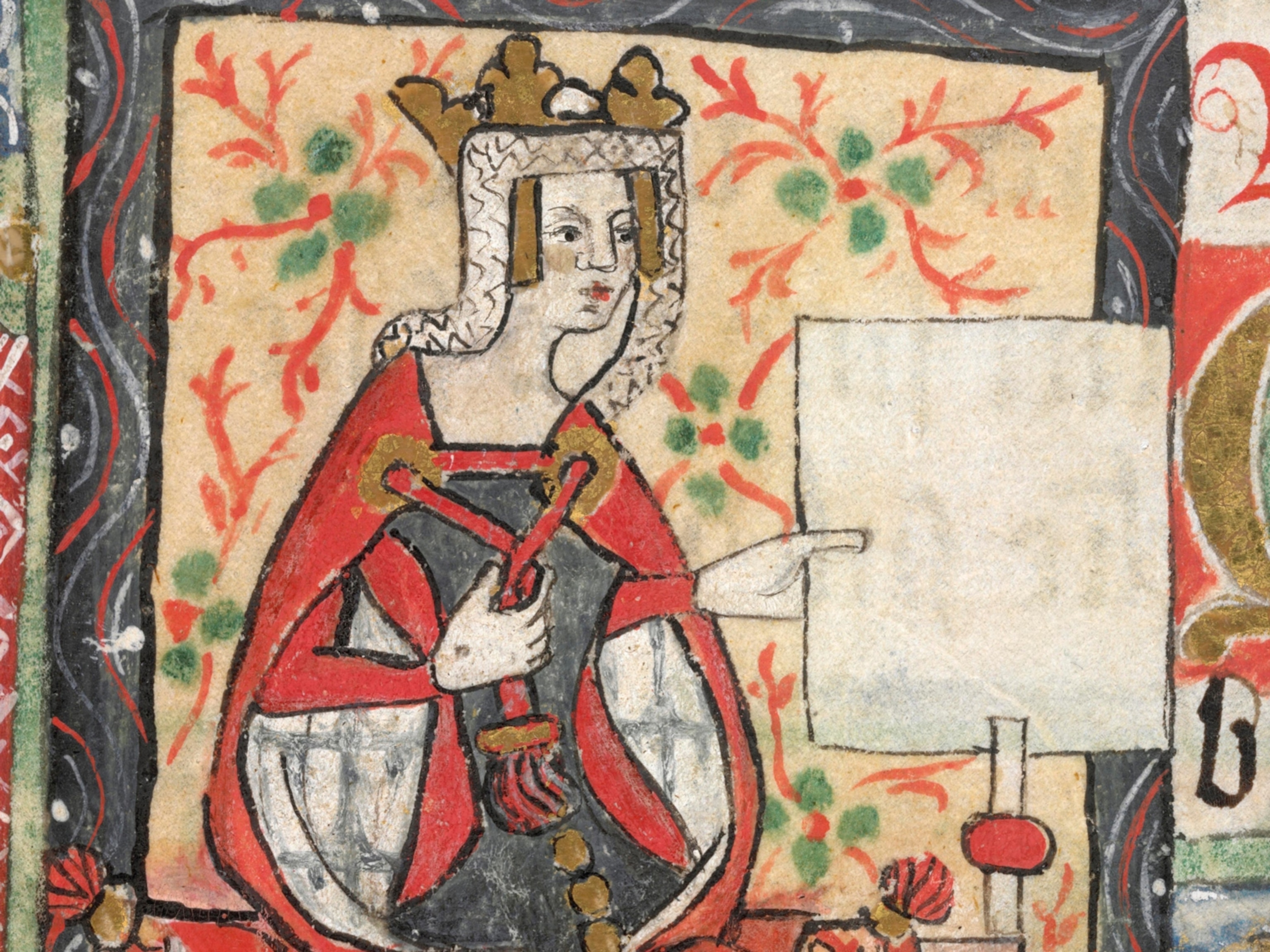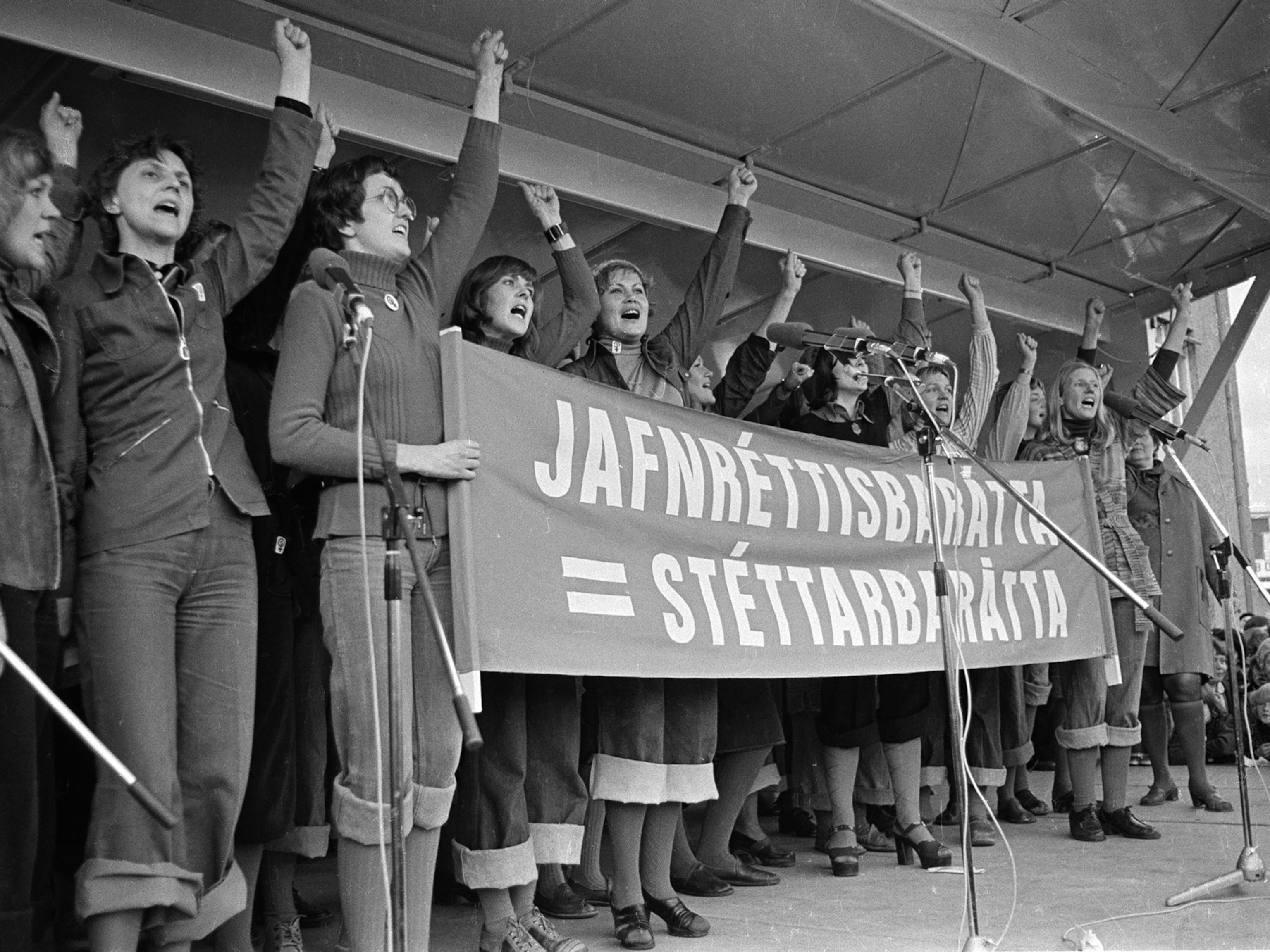
Life through the lens: Lynsey Addario
“By the time I click the shutter, the hardest part of the work has been done.” From documenting the terror of war to British hospitals in the grip of COVID-19, an acclaimed National Geographic photographer gives her view of the craft.
Lynsey Addario was born in Connecticut. Despite having no formal training she began her photography career working for the Buenos Aires Herald in Argentina in 1996. After freelancing in Latin America and New York, she worked extensively in Afghanistan and Pakistan, documenting the countries before and after the September 11th attacks—notably the lives of oppressed women in regions under Taliban control.
Later photographing for titles including National Geographic, The New York Times and TIME Magazine, she has covered every major conflict and humanitarian crisis, as well as subjects such as maternal mortality, displaced peoples and the California wildfires. She was kidnapped in both Iraq and Libya, experiences detailed in her acclaimed autobiography It's What I Do.

For the last decade Addario has been based in the UK, and covered the COVID-19 pandemic from inside overwhelmed Intensive Care Units, and overflowing funeral homes. Her recent work documenting the Russian invasion of Ukraine—including the aftermath of a mortar attack, in which a family of fleeing civilians were killed— featured on the cover of the New York Times, with one photograph described as a 'defining' image of the conflict.
Her accolades include an Emmy, a Pulitzer Prize and a MacArthur Genius Grant. 2022 saw Addario awarded National Geographic's Eliza Scidmore Award for Outstanding Storytelling. Follow her on Instagram.
This interview has been edited for length and clarity.
I never thought about war. It could not have been further from my childhood. I was raised by hairdressers, and the regular scene in my house was a lot of pool parties with people scantily clad. It was the antithesis of war. There were no rules, there were no boundaries. People came from all walks of life. We had sort of an open house where people would just come in and hang out. We were not at all political. No one in my household read a newspaper.
I started taking pictures really young. Probably about like 12. My dad had a hairdressing client who gave him an old 35mm Nikon. He gave it to me, and I started reading all these books on how to photograph. I was too shy to approach people, so I would photograph flowers and daisies. And the moon—I would sit on my roof as a kid and try and photograph the moon all the time. I knew nothing about long exposures, so the pictures were always blurry. I was just really trying to figure it out. It was a really long learning curve.
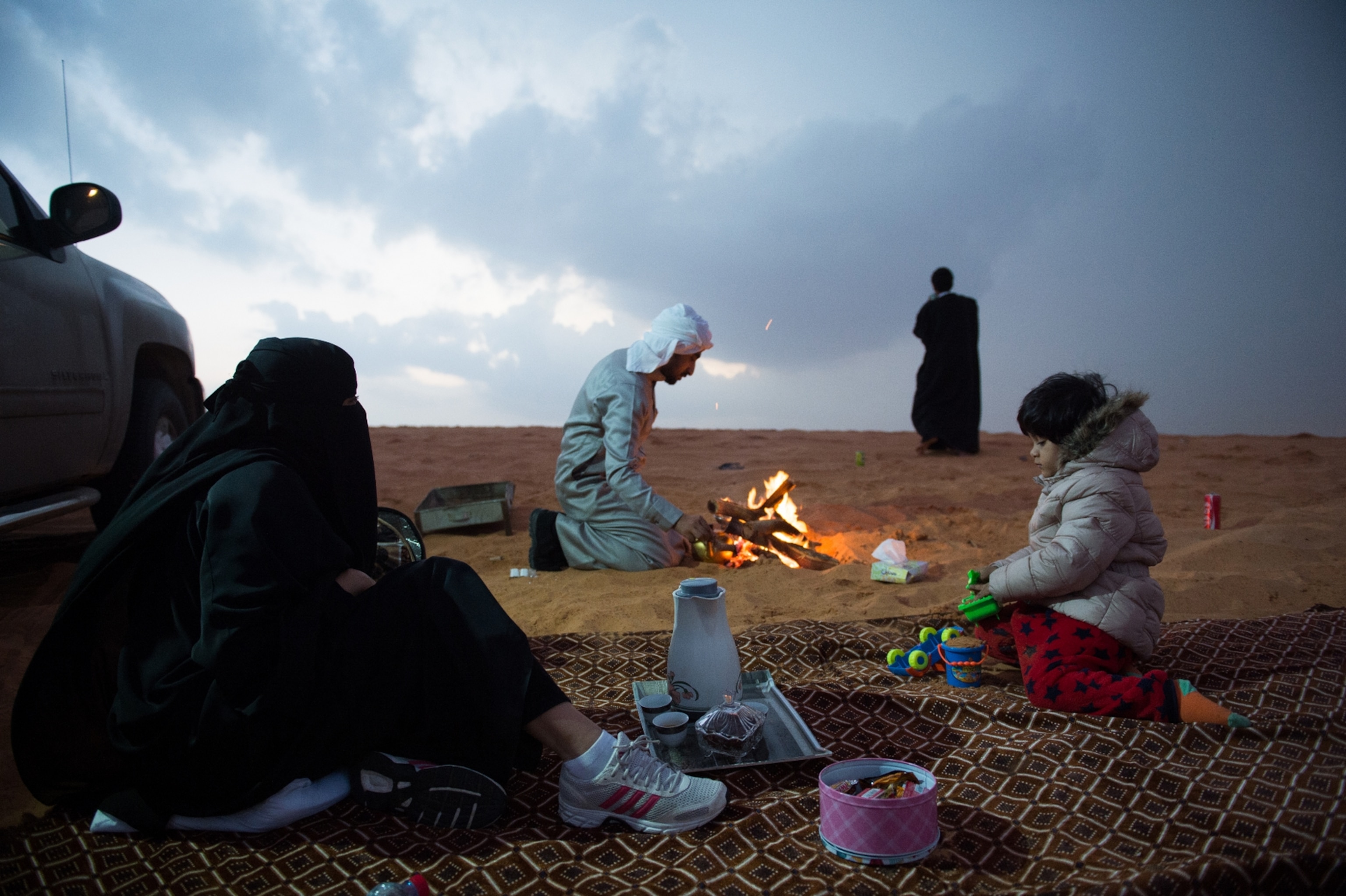
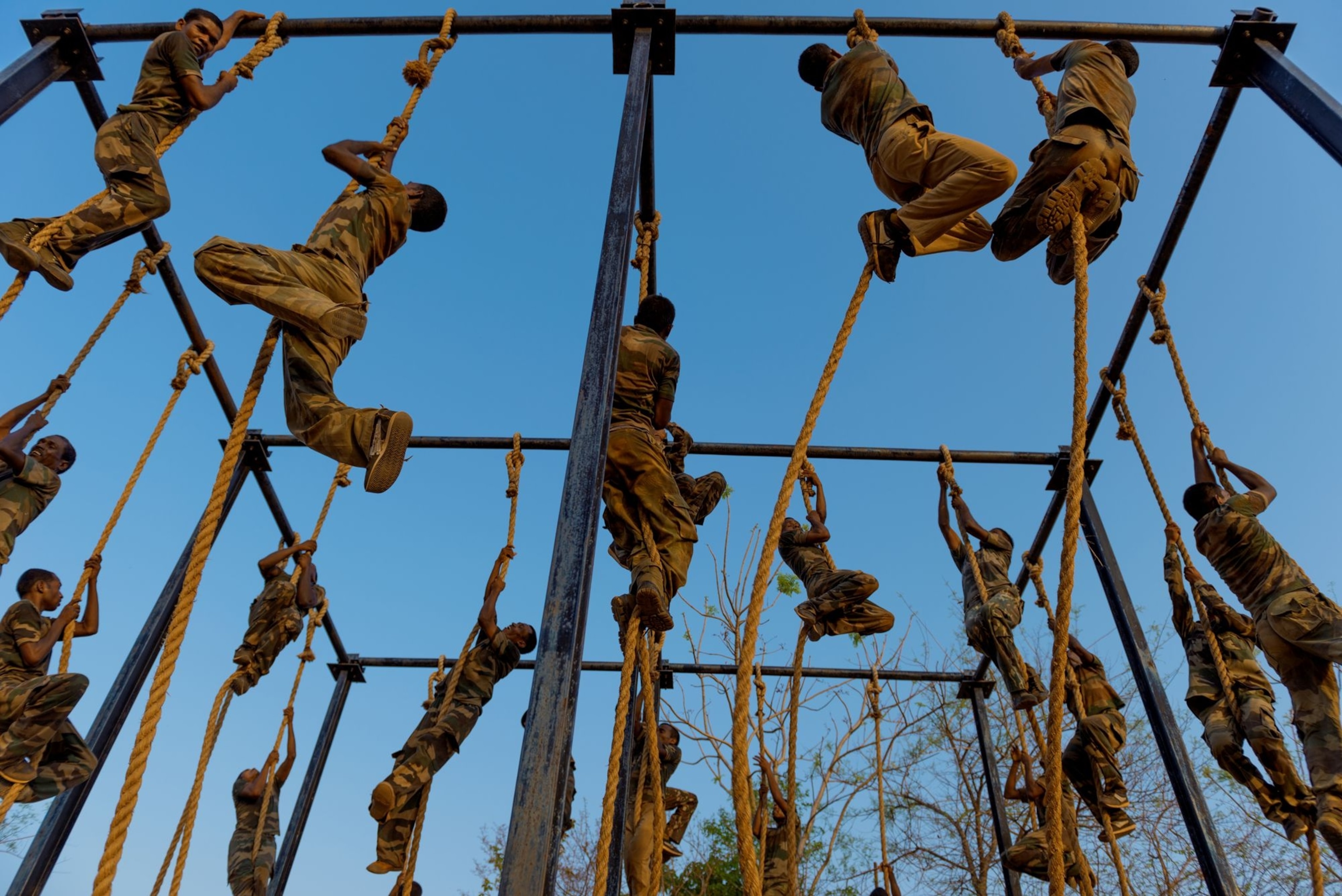

Throughout high school I photographed pretty consistently. I learned how to print and develop in the darkroom, so spent tons of time in there. But at college, I studied international relations and Italian, so wasn't really ever thinking of going into photography as a profession. It was always sort of a hobby for me. Then after college, the only thing I wanted to do was photograph.
I moved to Argentina to study Spanish. It was there that I started working for my first newspaper, the Buenos Aires Herald. Madonna was filming Evita at the Casa Rosada; I actually didn't even get a picture of Madonna, I just got a picture of the set. They put it on the front page and I got a job.
Anyone's perspective, or style, is something that develops over time. In the mid 90s, there was a bookstore called A Photographer's Place. It was in Soho [New York]. And I would just sit in there and look at books for hours. I went to exhibitions. Sebastian Salgado, Mapplethorpe. I entrenched myself in anything I could get my hands on. I was really learning from photographers of all different disciplines.

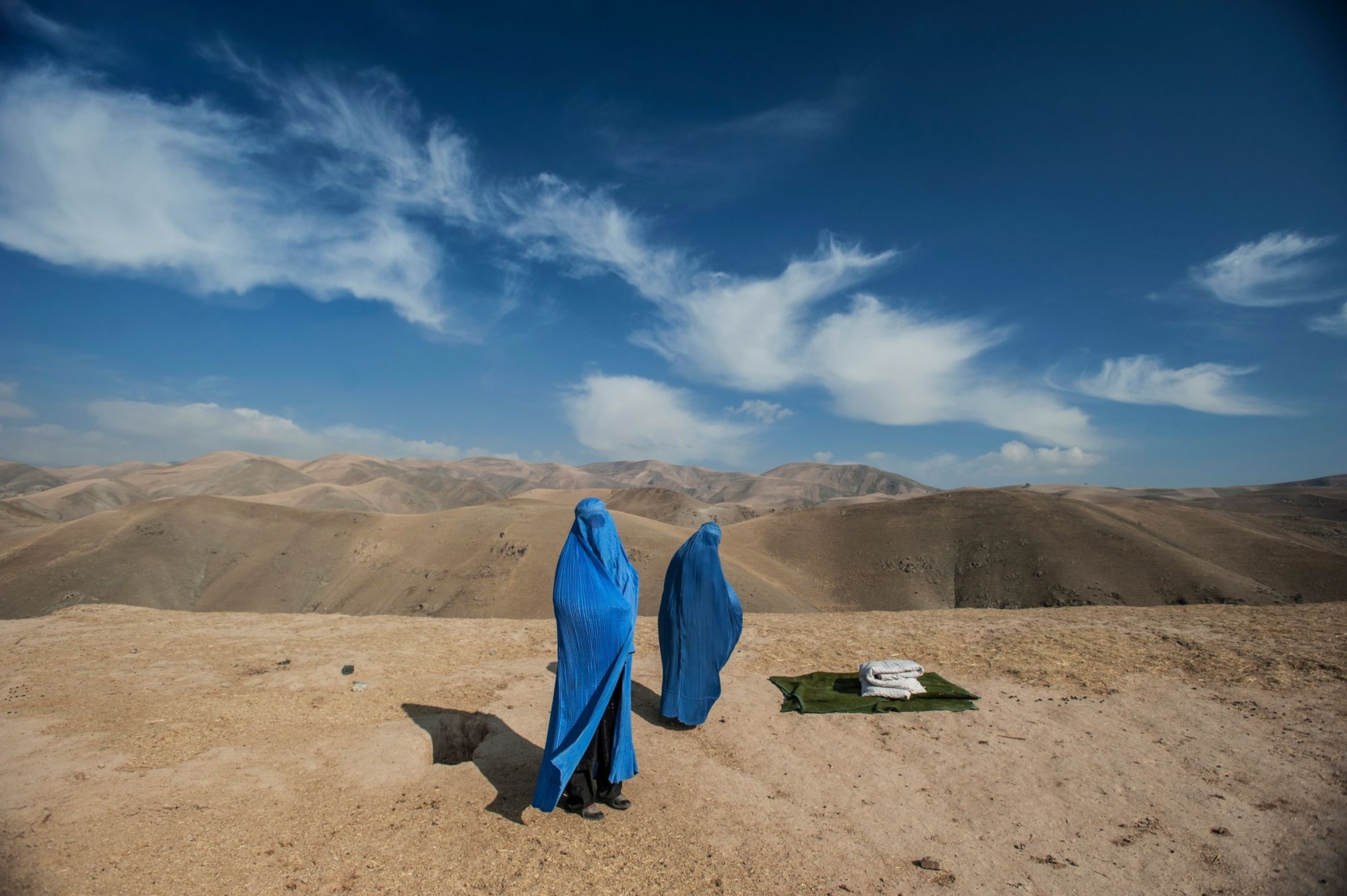
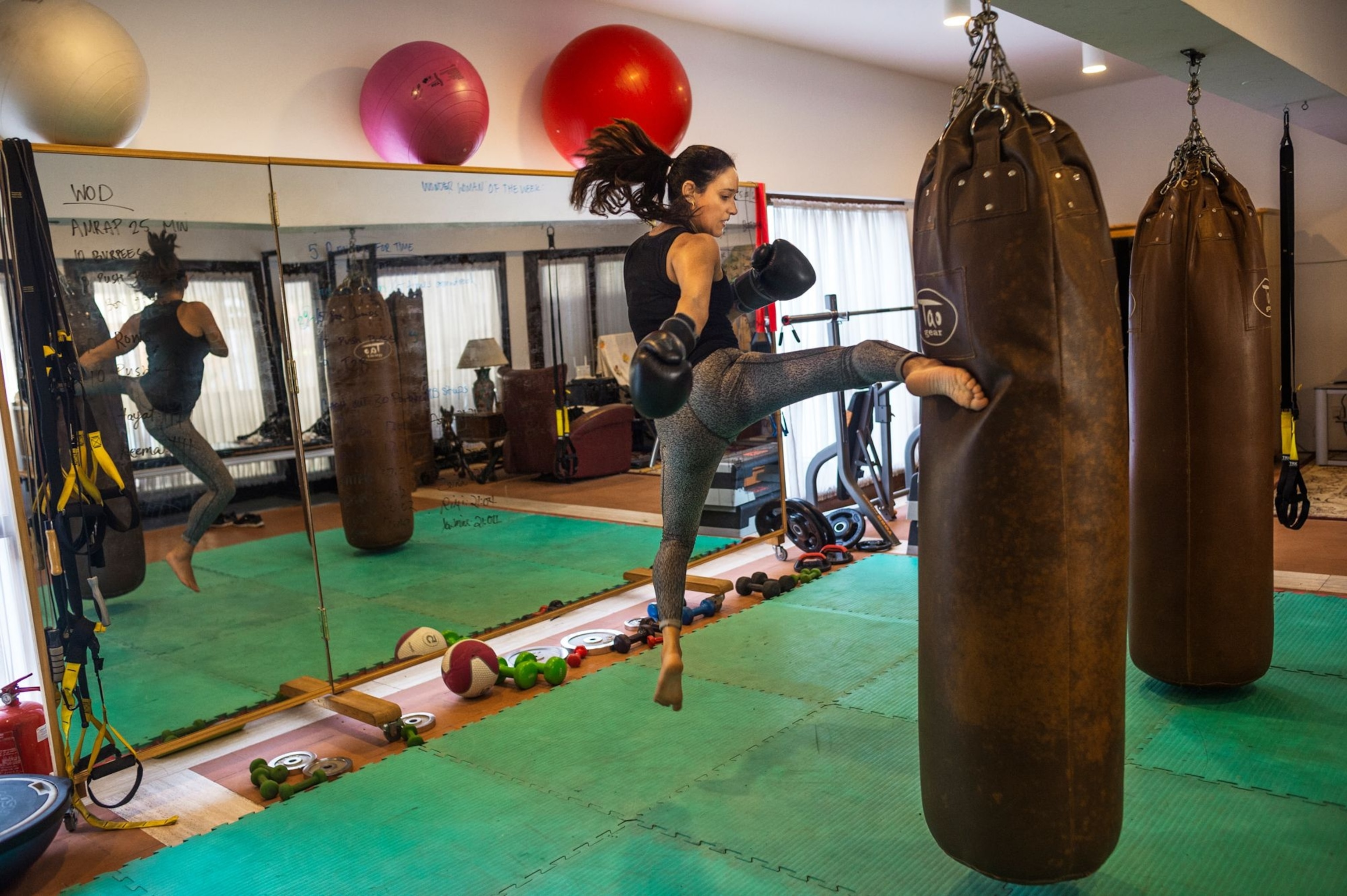
Around 1996, I went into an exhibition of Sebastian Salgado's work. It was his Worker series. The prints were sort of life size, and I remember the power of his images, the intimacy, and really just feeling connected to the work and the people featured in it. It just overwhelmed me. He gave me a new perspective on photography, how you can really tell effective stories with one image.
The first big story I did was of transgendered sex workers. That was in the Meatpacking District of New York City, in 1999. That was a huge watershed, because it was the first time I really sort of sunk my teeth into a project, figuring out how to get access and tell the story of this community with images.
With the camera there is this element of of being really intrusive. And so for many years, I was scared to approach people. I didn't want them to push me away or to yell at me or, you know, to invade their privacy. Now, I always ask permission. I always introduce myself and try to give people a chance to understand why it is that I'm asking not only for their time, but to share themselves with the camera, and with other people.
(How women photographers have changed how we see the world.)
I had a great mentor in New York City, Bebeto Matthews. He was with The Associated Press, and he helped me really learn to read the light, to get closer, and to learn how to compose images with information in them as well. It really helped me sort of create this vision. But it took a lot of time. It took years to be able to do, and I'm still doing it. It took years for me to find my vision as a photographer. I worked really hard for a really long time before I started working for the New York Times and National Geographic. And you know, I'm still questioning whether I can be pushing the boundaries more or or whether I should explore sort of other voices of photography.
9/11 changed the trajectory of my career. It put me into a steady stream of work for the New York Times, photographing the events leading up to the invasion of Afghanistan. I had been in Pakistan and Afghanistan under the Taliban in 2000, so I was working in that region for well over a year before September 11th.


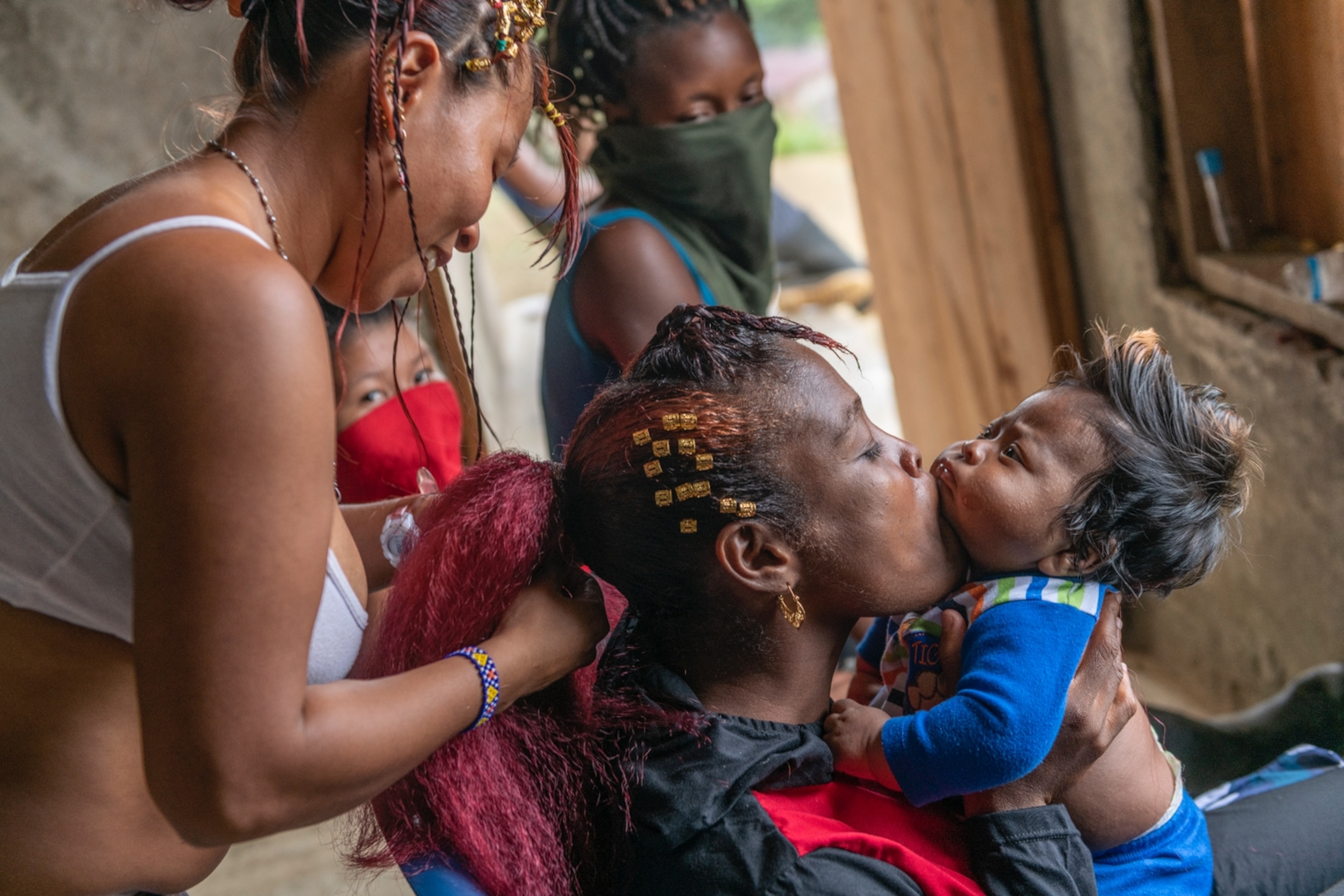
I didn't ever think I'd go to war. I had been curious about the situation for women living under the Taliban. Then came 9/11, and it was such a defining moment in history, and in every American's life, that I felt like I needed to cover it. And I also felt very comfortable in that region because I had worked there. So for me, it just sort of happened. From there I ended up covering the war in Iraq because again, I felt like I needed to be there. Kids of my generation were going in to fight, and I thought it was important to document it. I have a tendency to throw myself into things.
Drawing lines is constant. I don't want to be disrespectful, but I also do want to make sure I document history. And those moments [of choice] are every other second. Particularly in funeral homes, or when I'm in the mortuary and I'm seeing someone's loved one being being taken out of a body bag and they still have tubes in them from the hospital. It becomes so … depersonalised. So I have to constantly draw those lines in my head of when to photograph or when not to photograph, when it's disrespectful and when it needs to be photographed.
Sometimes I make a decision to take the photo knowing I won't actually use it. Just to have it as a part of history. Sometimes I need to revert back to an editor and say, “Look, I'm too entrenched in this story. Is this photo OK?” And so I often defer to taking the photo, and then deciding whether to use it or even to file [submit] it after the fact, when I'm a little more removed.

I have been very lucky to have this privilege to choose to go to these places. I put myself in these positions. I know very well the things that could happen. Like getting kidnapped in Libya, spending a week being physically abused, being threatened with execution, being sexually assaulted—I come out and I try not to linger too much on that. I try to look forward. To mentally process it, but to move on.
I probably had three times in my life that I didn't think there was any way I would survive. Libya was terrifying. When you're held hostage for six days, anything can happen at any given moment. [Our captors] could have very easily shot us and just said we were caught in crossfire. I think people are not really accountable for their actions when you're in the middle of the front line.
Being kidnapped changed the way that I work in that I no longer feel invincible. I was very lucky because for almost a decade, I got away with covering conflict zones without anything ever happening to me. There was a sense of sort of, well, ‘I'm invincible.’ And I think that that's changed. But I think that, despite everything, I still really believe in people.
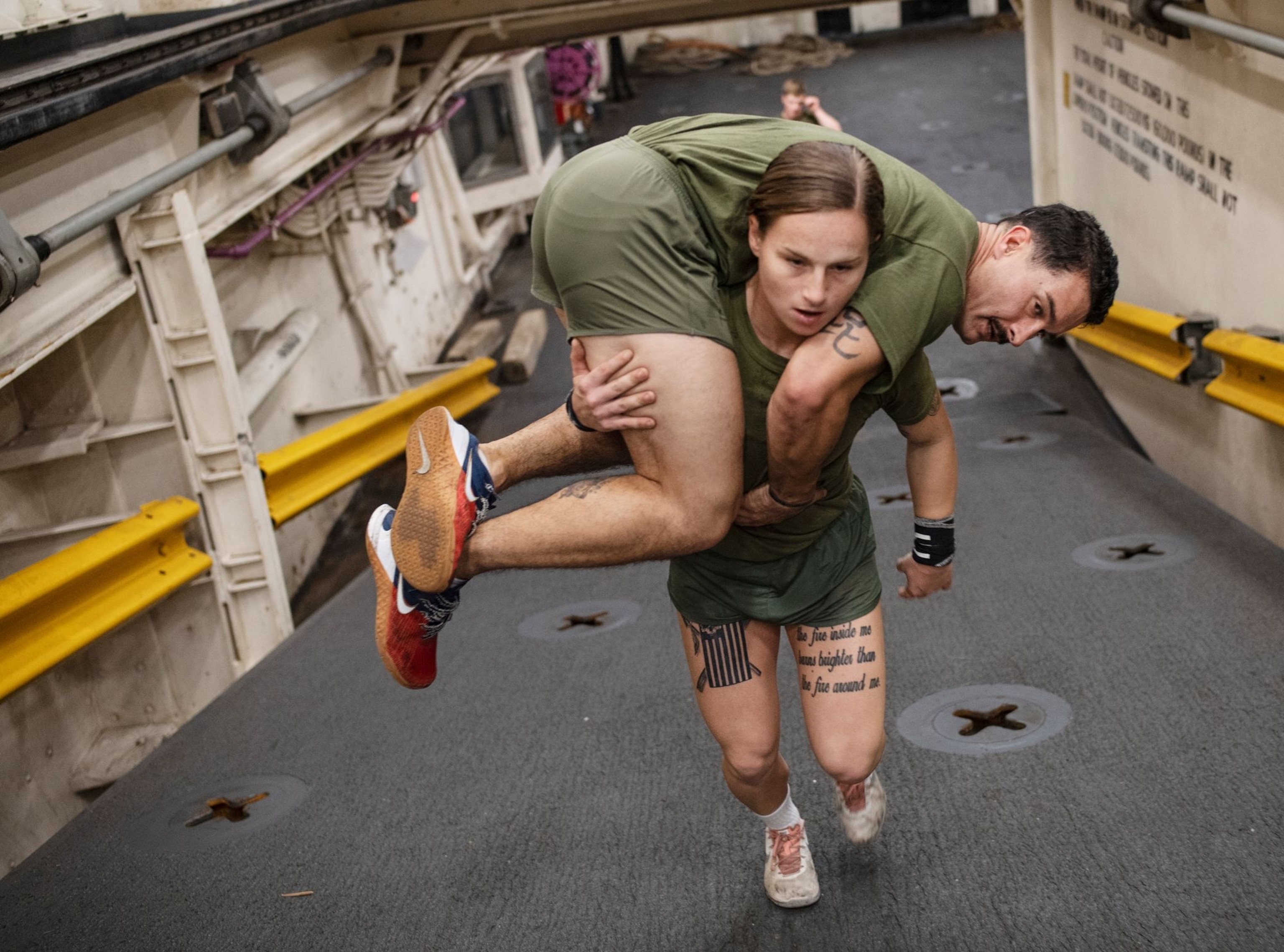


I'm lucky because I've survived. I'm now at the point in my life and my career where many of my friends have not. And so I think it's important to have that perspective and to realise there is a reason I'm still here, and I have to keep pushing forward.
‘Did motherhood change your outlook on conflict assignments?’ I get very mad when people ask mothers only this question. No one asks men. They don't ever ask the fathers, the male war photographers, 'did you stop going to war?' But yes, it has. It did not initially. I think when I when I first had [my son] I was so terrified by the thought of losing not only my identity, but what had driven me and what I believed in for so long. I don't cover conflict just to cover it. I cover it because I think the stories within that conflict need to be told.

What I strive for is to make people feel comfortable so they can be their true selves. And so, allow me to document a reality of sorts. Obviously, anyone entering into someone's personal space and into their lives with a camera is going to change that dynamic. But I try to stay long enough. I try to make people feel really comfortable. I often talk to them for a long time before I photograph, and let them relax a little bit. And then, I just sort of plant myself somewhere in the room and hang out, let life evolve, and then document.
The adrenaline comes in different places. I did experience it a lot covering conflict and combat. I covered the fires recently in California and certainly felt that same sort of rush that I had when I was working in Afghanistan, Iraq and Congo. It's often on the front line, or when I have access to something that will define moments in time. But I don't get that adrenaline when I'm covering something like like the COVID wards and hospitals.
COVID-19 has been extremely challenging as a subject. I'm wearing a mask and so much of the communication I do with people is with my eyes and my smile and my face. I'm trying to talk to them and they can't hear me. They can't see if I'm being sincere, they can't get a read on me as a person. And then there's this natural distance, because of the virus. So how do I get that intimacy? How do I get that proximity [when I'm being] stripped of all the tools I've used for 20 years? That's the thing that challenged me most about some of the recent work I've been doing.
I try to give myself entirely to a story when I'm working on it. I get emotional a lot, either when I’m shooting or after the fact. And I allow myself to feel that—whether it's anger, or sadness, or frustration at how a system works. Then I feel guilt for having been born into a certain degree of privilege. So when I go home… There is some degree of compartmentalisation. I really try and focus on my family because it's important for me to also be a mother and a wife and and everything that I am. But there is crossover. And I think it's important to have that crossover.
I never take family pictures. I mean, my husband takes pictures of my [two] kids, but I never do, I'm horrible. I dutifully always carry around the camera, but when I'm not on assignment, I like to see things. I don't necessarily like to shoot them.
I'm lucky because I've survived. I'm now at the point in my life and my career where many of my friends have not.Lynsey Addario
When I had first started out, there was nothing I loved more than to wander around with a camera. I spent all of my time just shooting for myself because I didn't have any work. And I do miss sort of the raw beauty in that. But I feel like I've put so much of my mind and heart and soul into telling these stories that there's almost nothing left for fun, you know?
I'm very traditional in my photojournalism. I’m just sort of old fashioned in the way I photograph. I don't do tricks. I use natural light. I've shot Nikon my whole life, and I can use the cameras without thinking—they're like an extension of my body. And so when I'm in a situation where it's very delicate, it's very sensitive or I have to think quickly, I'm not worried about making adjustments on the camera, I can kind of just do it in my sleep. Nikon's mirrorless cameras really changed the game for me because they're silent, they're smaller, they're lighter. But I'm sure there's a lot more I could be doing with the camera than what I do. As a Nikon ambassador, I'm sure they would kill me for saying it … but for me, the camera is really a tool.
95% of photography is everything but photographing. It’s about doing your homework, research, getting access, setting things up, making people feel comfortable, doing the reporting. You know, there's so much that goes into a photograph. By the time I click the shutter, the hardest part of the work has been done.


